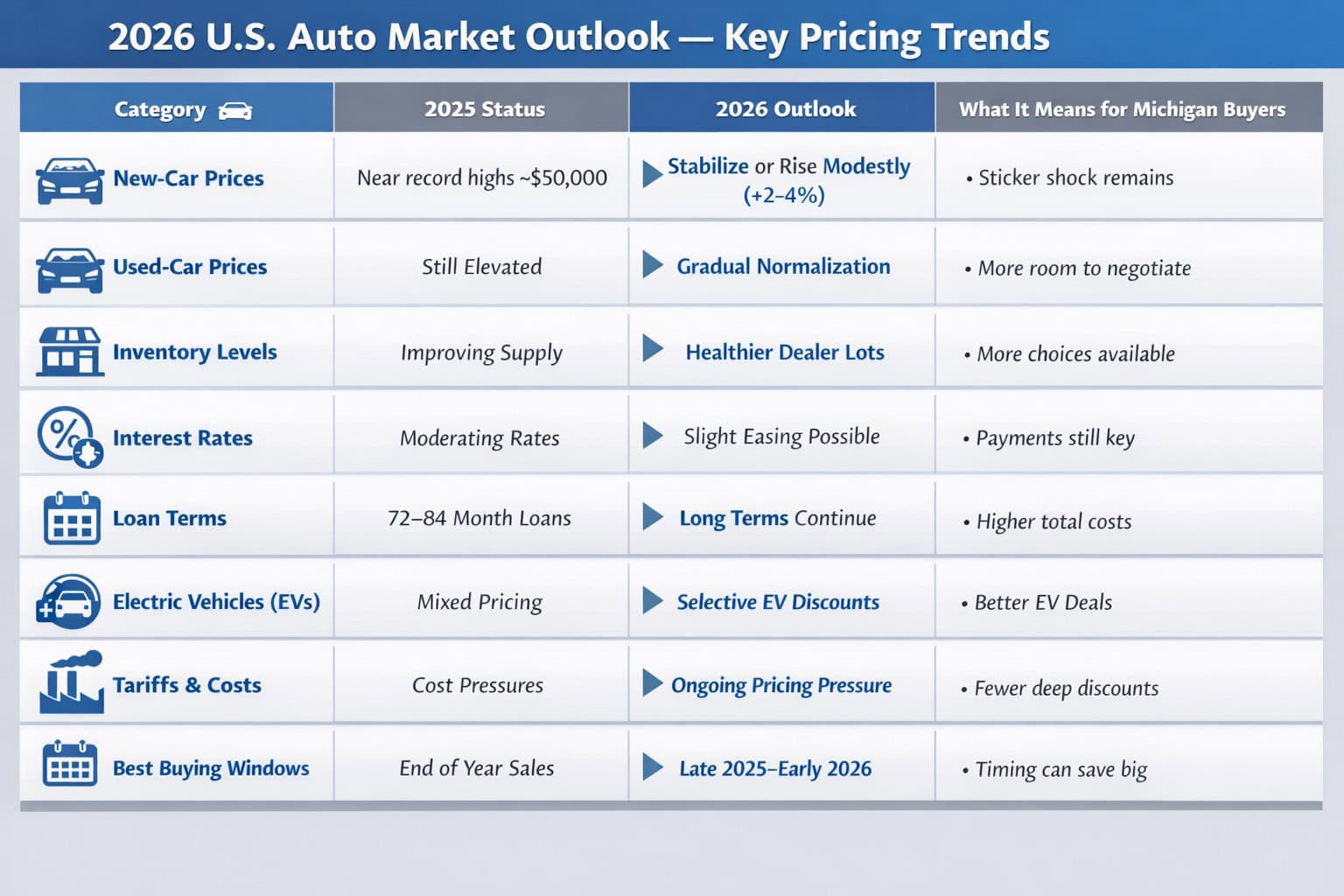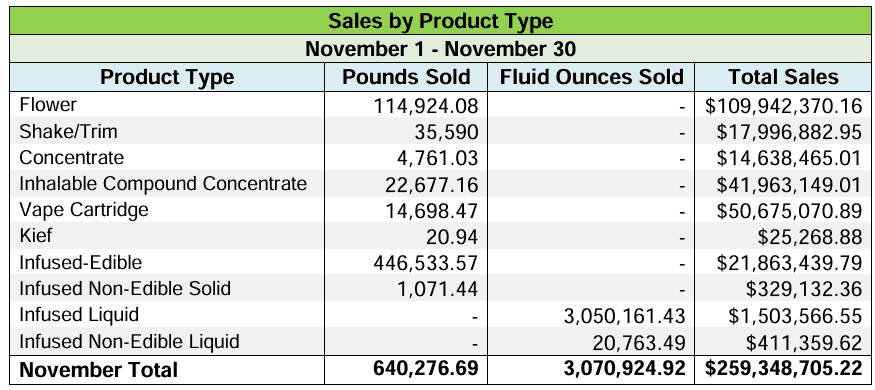ANN ARBOR – Job growth in Washtenaw County is projected to outpace the state through 2026 in a “decidedly healthy” outlook, according to the 2024-2026 Washtenaw County Economic Outlook delivered today.
The 39th annual report was presented at the President’s Leadership Recognition Luncheon hosted by Washtenaw Community College President Dr. Rose B. Bellanca.
The report was researched and written by economists from the University of Michigan’s Research Seminar in Quantitative Economics and delivered by Gabriel Ehrlich, Ph.D., and Donald Grimes, well-known national economists and authors. (Click cover image to read the full report.)
Bellanca hosted 250 business, industry, government and community leaders to thank them for their support of Washtenaw Community College, which educates and prepares students to fill the county’s workforce pipeline. More than 30 industry advisory boards comprised of executives from various sectors help shape academic programs based on industry needs.
“As business and community leaders, we all play an important role in driving economic development across our region,” said Bellanca. “The annual outlook helps the college chart its course to best respond to talent development needs within the county.”
The authors forecast sustained payroll job growth through 2026, with jobs projected to increase 3.7% above pre-pandemic levels. Statewide the growth compared to pre-pandemic levels is forecast at 2.4%.
“We believe the resilience of the county’s economy, fueled by innovation, entrepreneurial activity, and a knowledge-based economy, positions Washtenaw for continued progress in the years ahead,” the report said.
The strength of the government sector, which includes the county’s higher-education institutions, is a major contributor to the projected growth.
“The bulk of the county’s government job growth is from state government jobs, which reflects the resilience of Washtenaw’s higher-education sector. Other notable growth occurs in the private health and social services sector and the accommodation and food services sector,” according to the report.
In all, higher-educational services jobs, which also include finance, professional, scientific and technical services jobs, are forecast to grow from 140,858 in 2022 to 151,299 in 2026.
Blue-collar jobs, including utilities, transportation, construction, manufacturing and wholesale trades, are projected to grow from 27,591 in 2022 to 29,440 in 2026.
Lower-education services jobs, which include retail, food services, administrative and support, are expected to grow from 43,623 in 2022 to 46,034 in 2026.
Additionally, a slow decline is expected in the county’s unemployment rate, lowering from 3.3% in the fourth quarter of 2023 to 2.8% by the end of 2026.
Economic challenges cited include the tepid growth of real wages and affordable housing.
Specifically regarding housing, the economists cautioned Washtenaw County has not been building housing at the rate needed to accommodate the growing demand. “The shortfall in residential construction has contributed to rising local housing costs. This trend could threaten the county’s ability to support the growth we are forecasting.”
The report also notes the aging demographics statewide. “Despite our rosy forecast, it is important not to lose sight of the long-run demographics at play.”
By the end of 2026 more than 20% of Michigan’s residents will be 65 and older. “Michigan’s aging populace will eventually act as a speed limit for both the state and the county, hindering growth as more residents near the age of retirement,” the report said.
“Washtenaw County’s status as home to several institutions of higher learning will help to cushion it against these demographic pressures, but even Washtenaw is not immune from Michigan’s expected aging trend.”
For the first time, economists also examined entrepreneurial activity and found that self-employment growth has been on the rise since the pandemic. In Washtenaw County, the share of total private employment held by self-employed workers, or proprietors, grew from 16.5% in 2000 to 29% in 2022. The pace of business applications in the county is also increasing and in 2022 was one-third above the average from 2015-2019.
Ehrlich is Director of the University of Michigan’s Research Seminar in Quantitative Economics, a modeling and forecasting unit, which provides national and state economic forecasts four times a year.
U-M economists Jacob T. Burton and Michael R. McWilliams from the Research Seminar in Quantitative Economics also worked on the forecast and attended the presentation.






